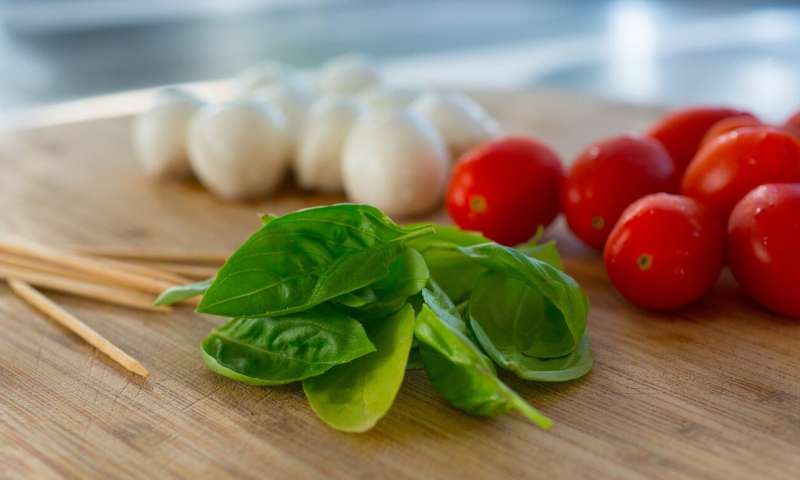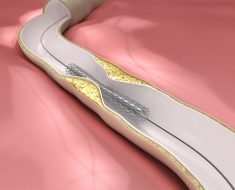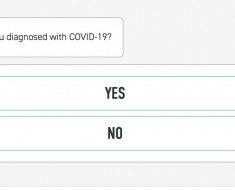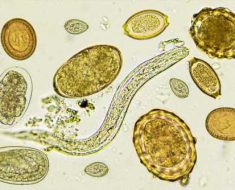
Her opening statement caught our attention: “We start with a glass of wine…and then we start the lesson.” With that, Chef Anna and her assistant proceeded with our cooking (and wine-tasting) class at the historic Villa Casagrande in the Tuscany region of Italy.
“We started making wine in 1491,” she continued. (I assumed this spry, attractive woman was referring to her ancestors.) She then went on to explain that the Tuscan area of Italy only makes Chianti wines—all red wines until 1973 when the first white wines were made from their Sangiovese grapes.
First on the class menu: bruschetta “broo-skedta”—a seasoned tomato mixture on toasted bread. “This is our traditional appetizer,” our instructor informed us.
She showed us how to “select sweet large tomatoes and peel them like an apple.” When done right, the peel comes off in one long strand. Anna then demonstrated how to roll the tomato peel and shape it into a rosette to garnish the green salad. Nice.
My first ah-ha of the evening was her instruction to remove the tomato’s seeds and squeeze the juice from the tomato (helps to prevent soggy toast). After chopping the tomato, she added generous amounts of chopped fresh oregano, garlic, basil and parsley along with sea salt, balsamic vinegar and a generous amount of extra virgin olive oil (a staple of Mediterranean cooking).
Next on the menu was another type of bruschetta—one made with chicken breast pate.’ Molto bene! (“Yumm!” in Italian).
We then moved on to a red Chianti wine which fit well with “the most important ingredient” in Chef Anna’s lasagna recipe—meat sauce made with minced beef and pork. One of her secrets for the amazingly good flavor of this sauce? Use red wine to cook the vegetables and meat. “And then we have a very good sauce,” she said.
From lasagna we moved to meatballs. “This is my grandmother’s recipe, our instructor told us. We finished with a lesson on how to mix, knead and roll dough for cantuccini—the original Tuscan biscotti. Anna called them “cookies” and explained: “After World War II (when food was scarce), this was our dessert.”
At the conclusion of our cooking experience, we gathered around outdoor tables in the courtyard to enjoy the dishes we had helped to prepare. It truly was an atmosphere of Tuscan tradition and hospitality (which may also have something to do with drinking wine while you cook).
The Mediterranean diet is considered one of the healthiest in the world. But it’s not really a “diet” according to Amy Riolo, author of “The Mediterranean Diabetes Cookbook” (American Diabetes Association, 2019). “Rather it’s a lifestyle,” she says. Besides encouraging a healthful mix of nutrient-rich ingredients, people in the Mediterranean region view the preparation of food as one of life’s greatest pleasures.
Source: Read Full Article





